Normal One More and One Less Quizzes for Ages 5-6
2 results
2 filtered results
Clear all filters2 filtered results
-
From - To
Dive into the fascinating world of numbers with our "Normal One More and One Less" interactive assessment quizzes, thoughtfully designed for children aged 5-6. This engaging educational tool not only checks your child's understanding of basic arithmetic concepts but also provides instant feedback to guide their learning journey. Through a series of intuitive questions, kids will seamlessly explore the fundamentals of adding and subtracting within a fun and supportive environment. Perfect for young learners, these quizzes are tailored to enhance their numerical skills and foster a love for mathematics. Embark on this numerical adventure and witness your child's confidence grow with each question!
Understanding the concepts of "one more" and "one less" is a fundamental mathematical skill that sets the foundation for numerical fluency in children. It is crucial for young learners, especially those in the age group of 5-6 years, to grasp these concepts early on, as they underpin the basic arithmetic operations of addition and subtraction. Our Normal One More and One Less quizzes are expertly designed interactive tools that cater specifically to the learning needs of children aged 5-6, making them a vital component of their educational journey.
The transition from recognizing numbers to understanding their relative values is a significant leap for young minds. Normal One More and One Less for Ages 5-6 makes this leap not just possible but also enjoyable. By integrating the learning process with interactive quizzes, children are engaged in a way that traditional teaching methods may not always achieve. These quizzes incorporate a variety of questions and scenarios that challenge children to think critically about numbers and their relationships with one another, all the while maintaining a playful and supportive environment that encourages learning through trial and error.
Moreover, the interactive nature of the Normal One More and One Less quizzes ensures that learning is personalized. Children receive immediate feedback on their answers, allowing them to understand their mistakes and learn from them in real-time. This instant feedback loop is crucial for reinforcing learning and ensuring that children comprehend the concepts of "one more" and "one less" deeply. As they progress through the quizzes, they gradually build confidence in their abilities, laying a strong foundation for more advanced mathematical concepts that they will encounter in the future.
Another key advantage of the Normal One More and One Less quizzes for Ages 5-6 is their accessibility. Designed to be user-friendly, these quizzes can be easily accessed from various devices, ensuring that learning can continue outside the traditional classroom setting. Whether at home or on the go, children can engage with the material, making the most of their natural curiosity and inclination to play. This flexibility also allows parents and educators to integrate these quizzes into the child's learning schedule in a way that best suits their individual needs and pace of learning.
Furthermore, the Normal One More and One Less quizzes are designed with the cognitive development of 5-6-year-olds in mind. The questions are structured to gradually increase in complexity, aligning with the developmental stages of children in this age group. This thoughtful progression ensures that children are neither under-challenged nor overwhelmed, promoting an optimal learning experience that is both stimulating and rewarding.
In conclusion, the Normal One More and One Less interactive quizzes for Ages 5-6 are an invaluable tool for young learners. By making the learning process engaging, personalized, and accessible, these quizzes not only help children grasp essential mathematical concepts but also foster a love for learning that will benefit them throughout their academic journey. As children become more confident in their understanding of "one more" and "one less," they are better prepared to tackle the challenges of more complex mathematical operations, setting them on the path to success in their studies and beyond.
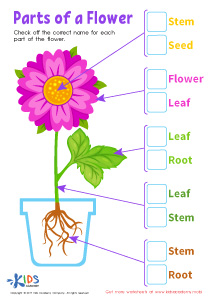
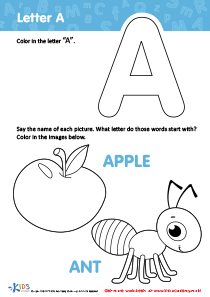
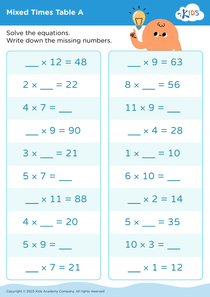

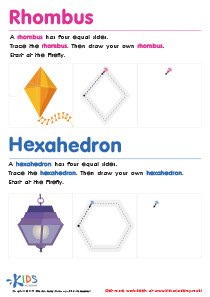
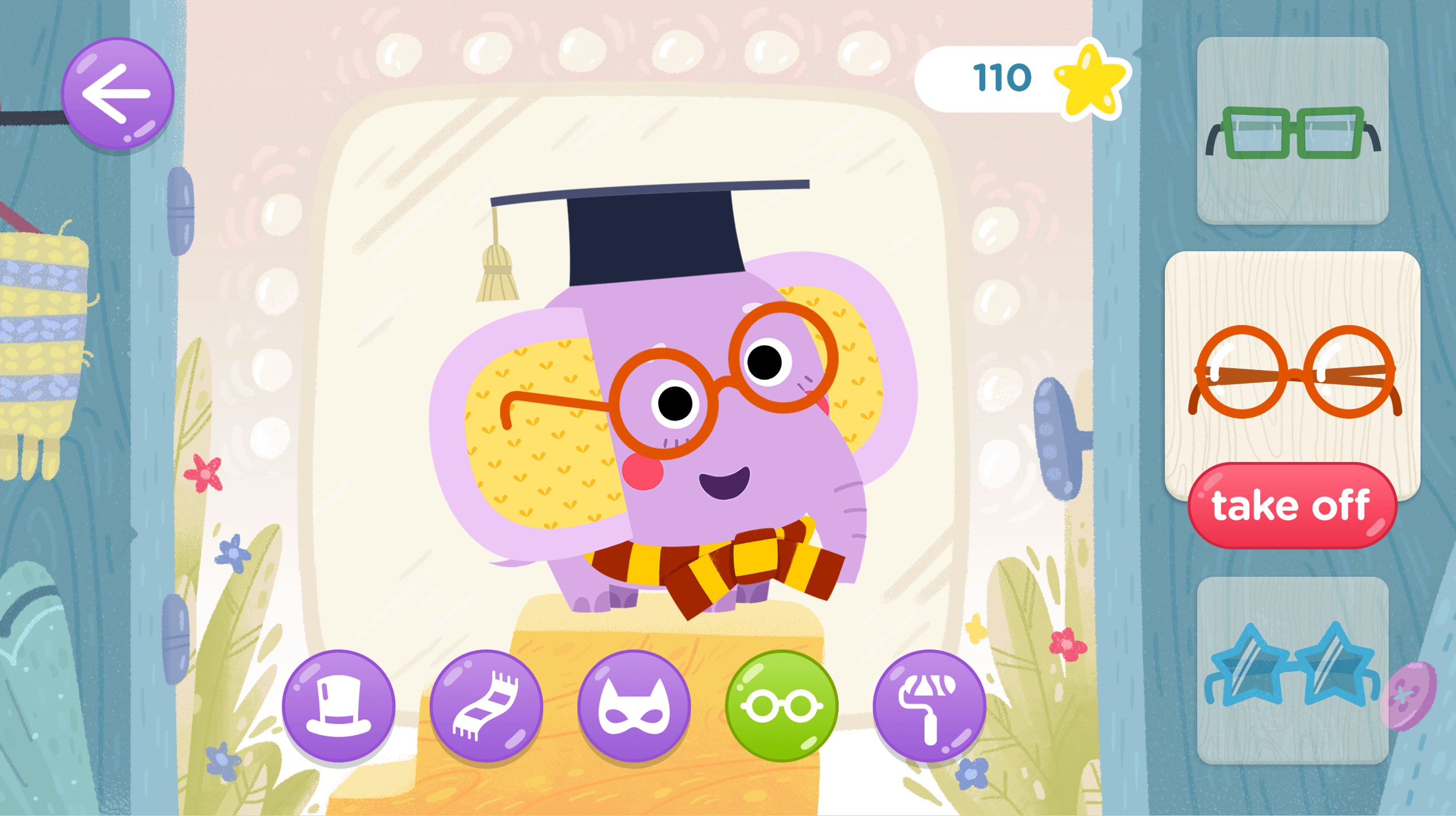




.jpg)
